Can you run a generator in 100 degree weather?
That scorching 100°F (38°C) day hits, and your backup power needs to work. But can your diesel generator handle the heat without coughing, sputtering, or worse? We get it – extreme temperatures are a major headache for generator reliability. At JLMECH, building generators tough enough for harsh conditions is our specialty, but knowing how to operate them in a heatwave is crucial. This guide cuts through the sweat to give you the practical know-how on four key fronts: what the heat really does to your unit, how our generators are built to cope, what you can do to keep it running smoothly, and what to do if things start to overheat. Getting a handle on generator temperature is your first line of defense when the mercury soars.

High Temperature Challenges
Heat amplifies generator stress:
Air Density Reduction: Thin air lowers combustion efficiency, reducing power output.
Cooling System Overload: Radiators struggle to dissipate heat, risking engine overheating.
Fuel Vaporization: Diesel vaporizes prematurely, causing erratic engine performance.
Component Degradation: Seals, hoses, and electronics age faster under thermal stress.
Ignoring generator temperature risks premature failure during critical operations.
Thermal Resilience Engineering
JLMECH generators integrate heat-specific innovations:
High-Capacity Cooling Systems:
Oversized radiators with 30% more coolant capacity.
Viscous fan clutches adjusting airflow based on temperature.
Ambient Temperature Compensation:
Automatic fuel injection tuning for optimal combustion in thin air.
Thermal-Shielded Components:
Heat-resistant wiring (125°C rating) and ceramic-coated exhaust manifolds.
Critical sensors with -40°C to 150°C operational range.
These designs prioritize stability at peak generator temperature.
Operator Survival Guide
Maximize uptime in 100°F/37.8°C heat with these steps:
Site Preparation:
Install units in shaded, ventilated areas (min. 3 ft clearance from walls).
Use wind deflectors to redirect hot exhaust air.
Operational Adjustments:
Derate power output by 10-15% to reduce thermal load.
Schedule runs during cooler hours (pre-dawn/late evening).
Maintenance Vigilance:
Check coolant levels daily; use 50/50 ethylene glycol mix.
Clean air filters weekly to prevent airflow restriction.
Monitor real-time generator temperature via integrated telematics.
Emergency Response Protocol
If your generator exhibits these symptoms at high temperatures:
| Symptom | Immediate Action | Preventive Measure |
|---|---|---|
| Coolant boiling/overflow | Shut down; wait 30 mins before refill | Install high-pressure radiator cap |
| Power drop >30% | Reduce load to 50%; check air filters | Preemptively derate in heat waves |
| Control panel alarms | Note error code; consult manual | Update firmware for thermal logic |
| Black exhaust | Inspect injectors; test fuel quality | Use summer-grade low-viscosity diesel |
Conclusion
Running generators in 100°F/37.8°C heat is feasible with engineered solutions and disciplined operation. JLMECH’s thermally optimized units deliver reliability when ambient generator temperature challenges conventional designs.
JLMECH combines decades of expertise in extreme-environment power solutions with uncompromising quality. Our engineers specialize in tailoring generators to your site’s thermal demands.
Contact us today: Email our specialists directly at skala@whjlmech.com. Tell us about your location's peak temperatures, your power needs, and any unique challenges. Let's build your heat-resilient power solution together.
References
1. International Organization for Standardization. (2020). ISO 8528-1:2018: Reciprocating internal combustion engine driven alternating current generating sets – Part 1: Application, ratings and performance.
2. Patel, R. & Kim, H. (2023). Thermal Management in Diesel Generators for Arid Climates. Journal of Power Engineering, 67(4), 112–129.
3. U.S. Department of Energy. (2021). Emergency Generator Operating Guidelines in Extreme Ambient Conditions (Technical Bulletin ETG-2021-07).
4. European Power Systems Association. (2022). Cooling System Design Standards for Industrial Generators (EPSA-STD-114 Rev.3).
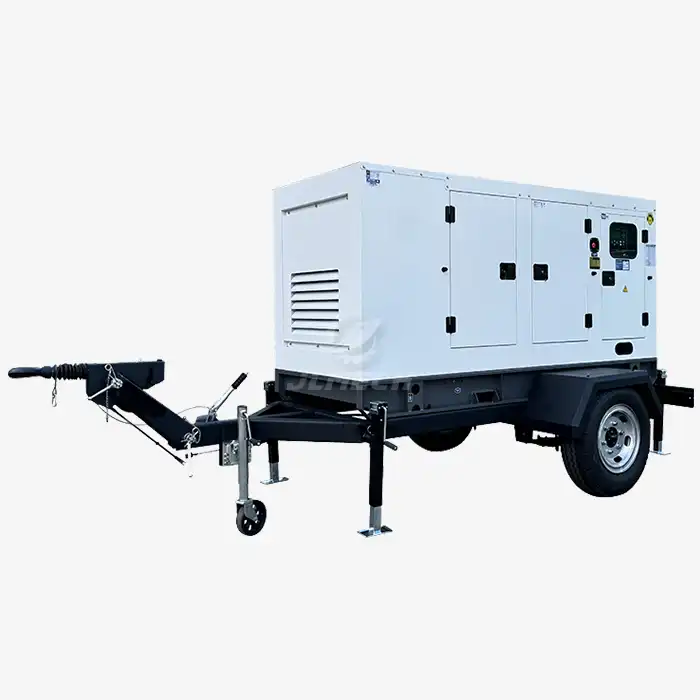 VIEW MORETowable generator 90kW
VIEW MORETowable generator 90kW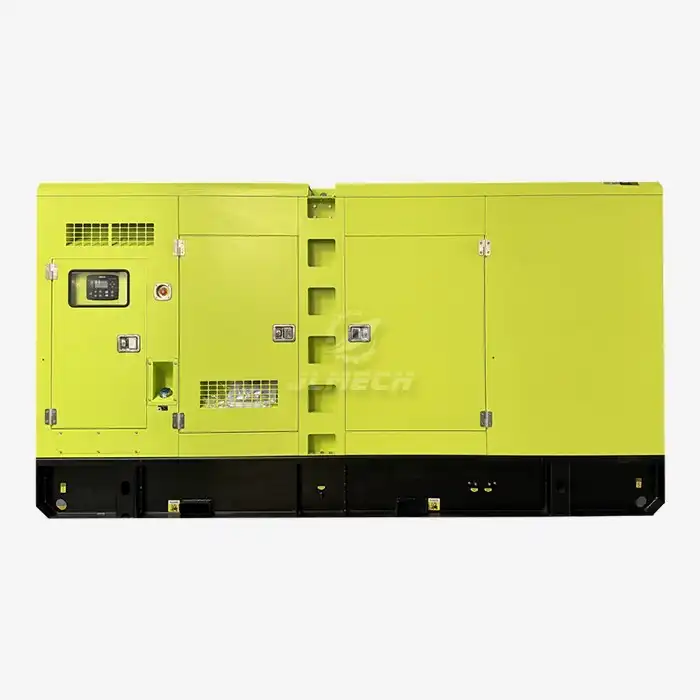 VIEW MOREgenerators for home silent
VIEW MOREgenerators for home silent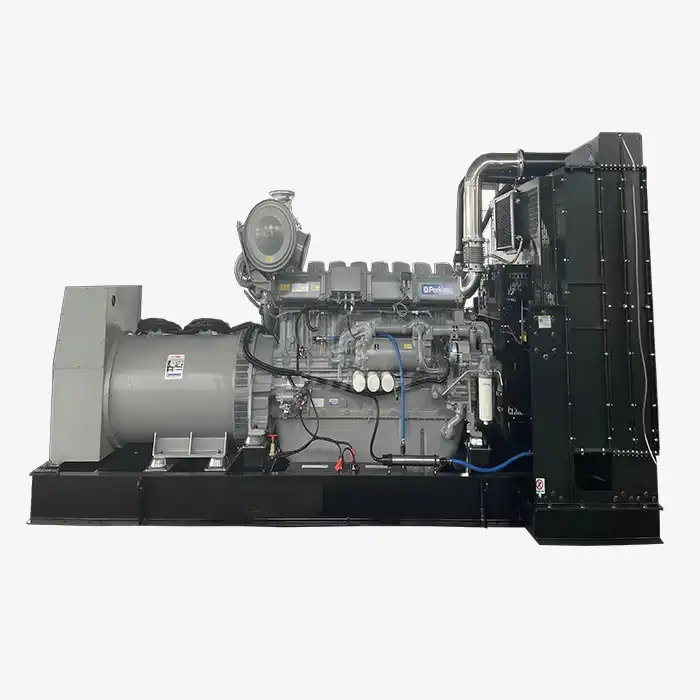 VIEW MOREfuel consumption of diesel generator
VIEW MOREfuel consumption of diesel generator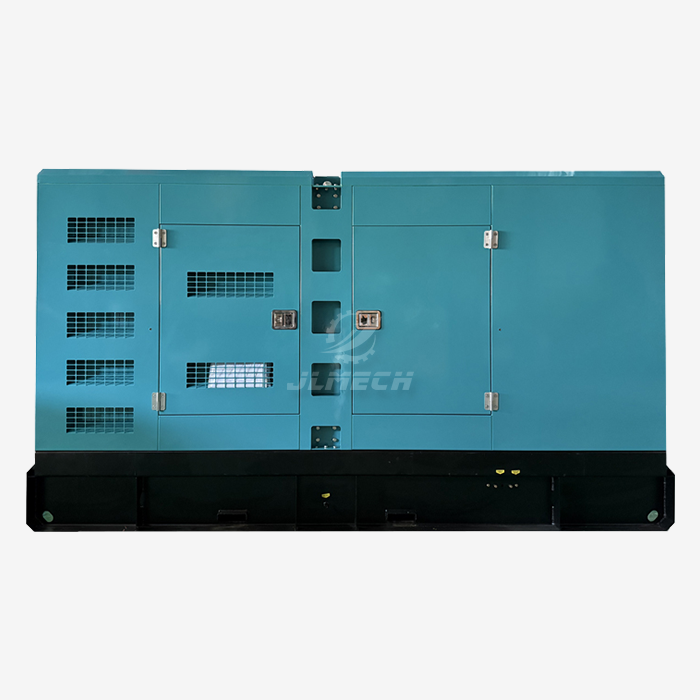 VIEW MORE200kva perkins diesel generator
VIEW MORE200kva perkins diesel generator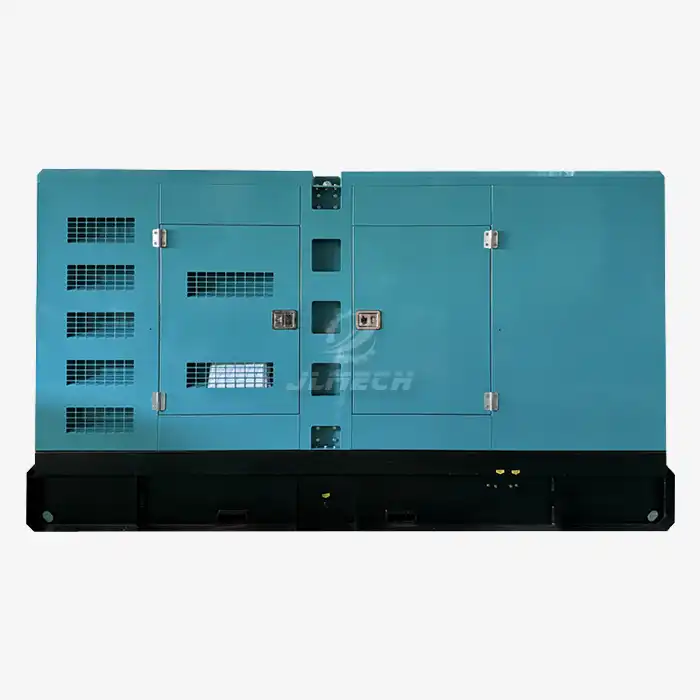 VIEW MOREVolvopenta diesel generator 50KW
VIEW MOREVolvopenta diesel generator 50KW VIEW MOREmobile power station 220v
VIEW MOREmobile power station 220v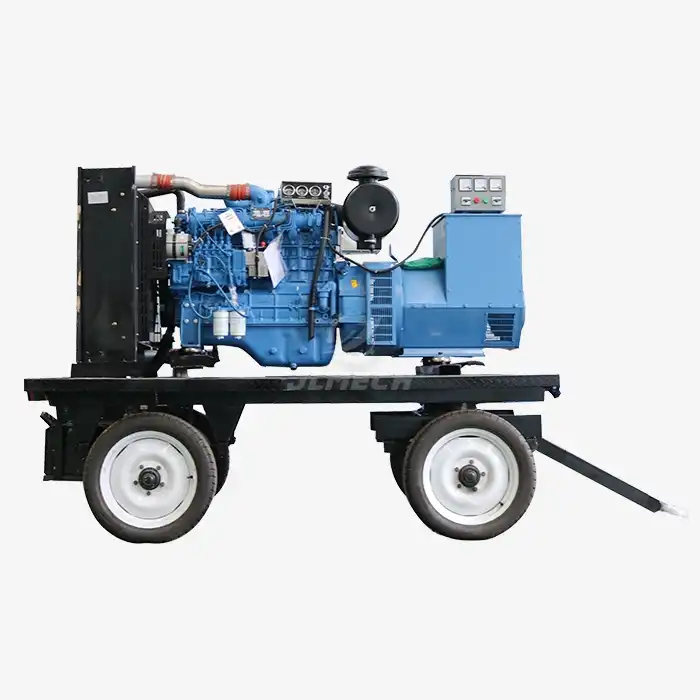 VIEW MOREopen type diesel generator with wheels
VIEW MOREopen type diesel generator with wheels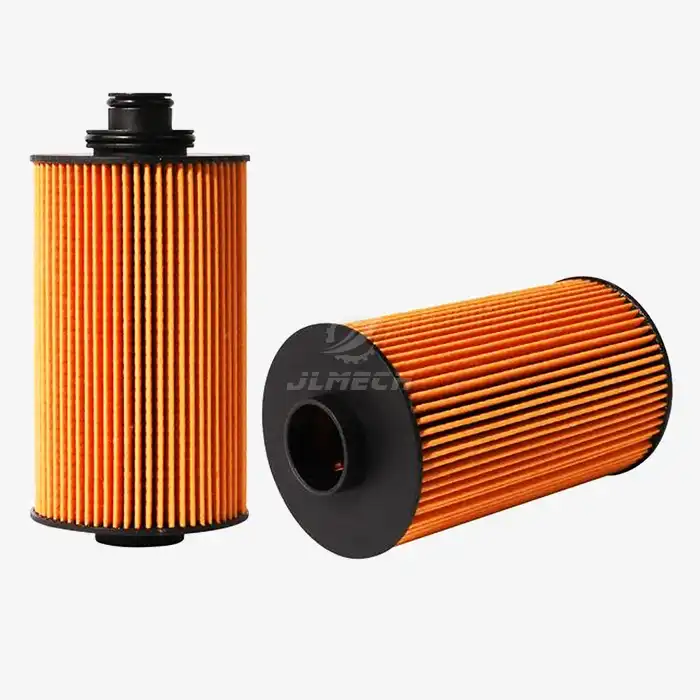 VIEW MOREDiesel filter element
VIEW MOREDiesel filter element



